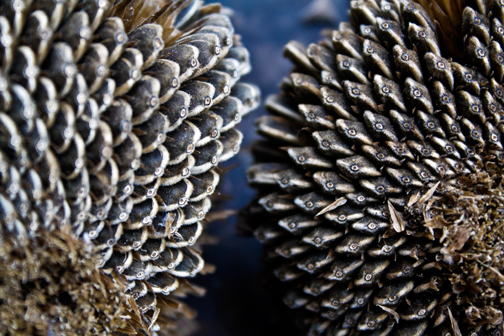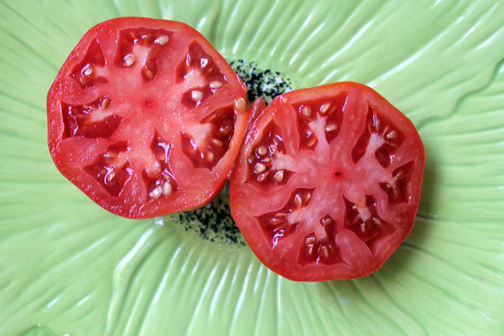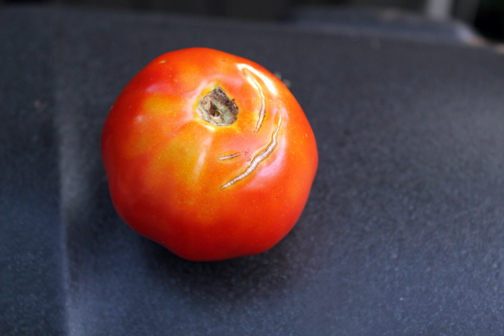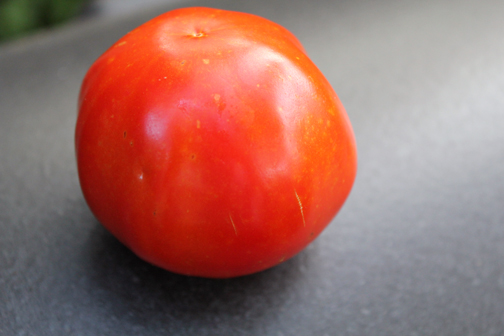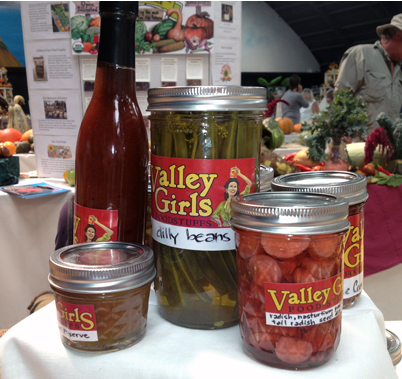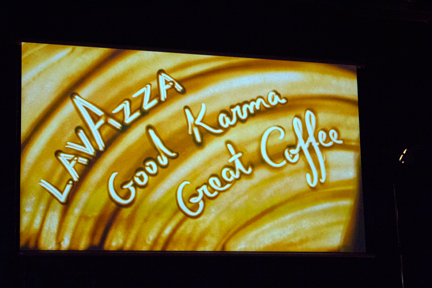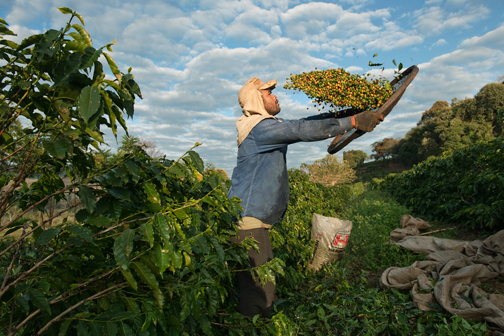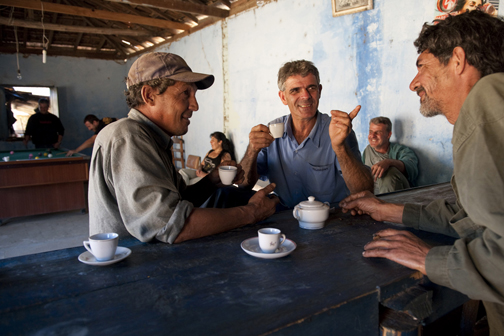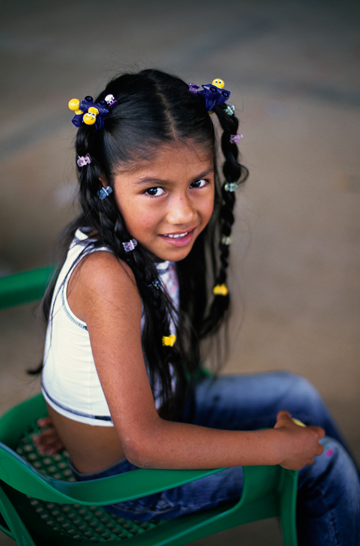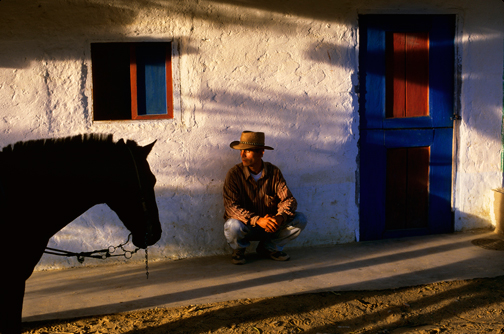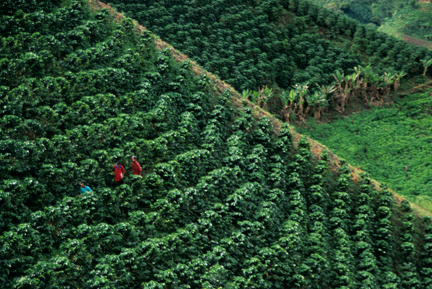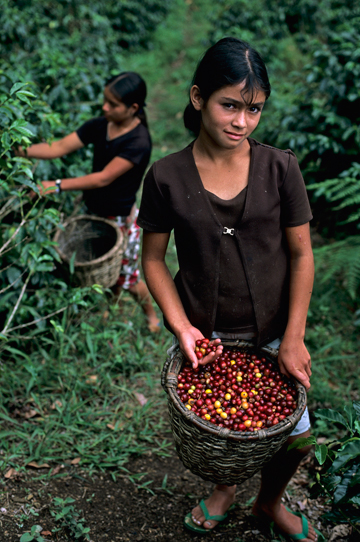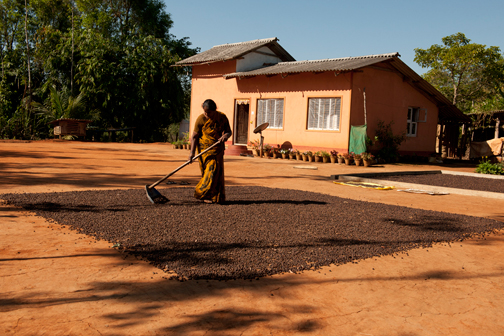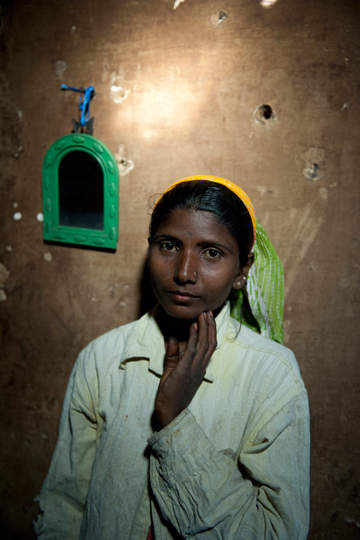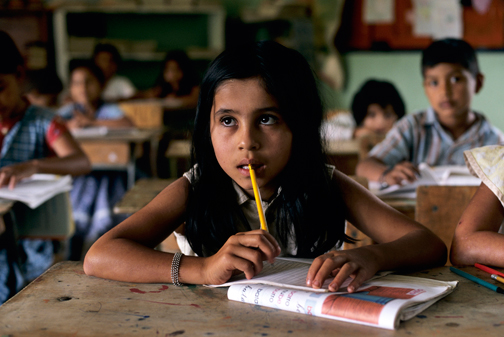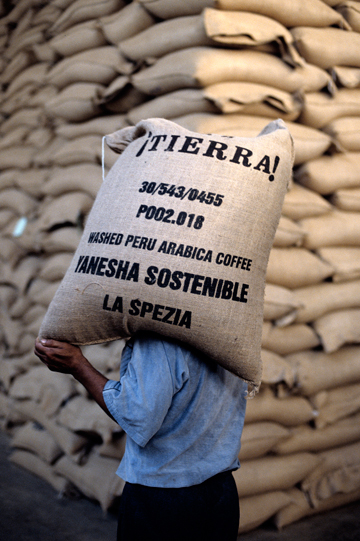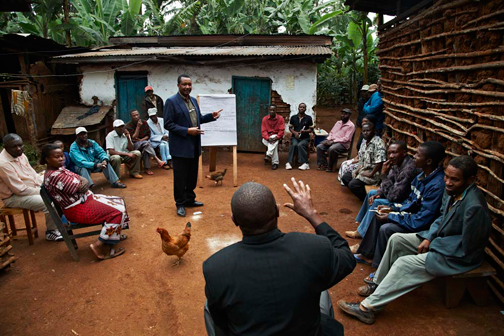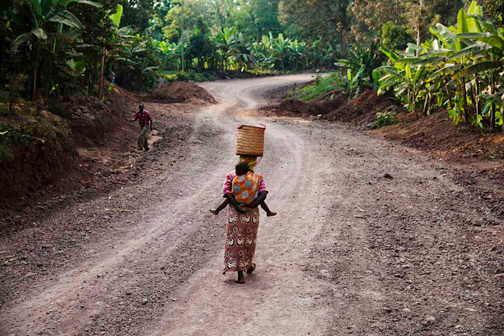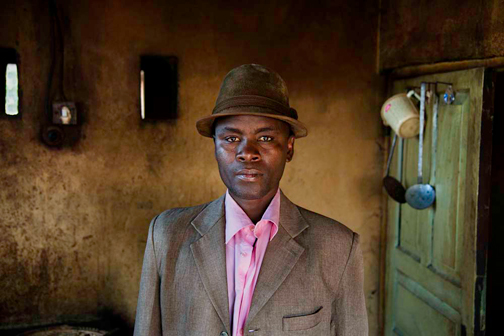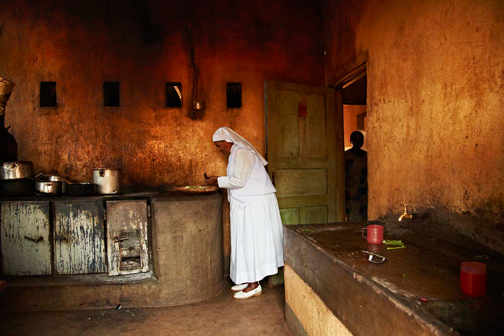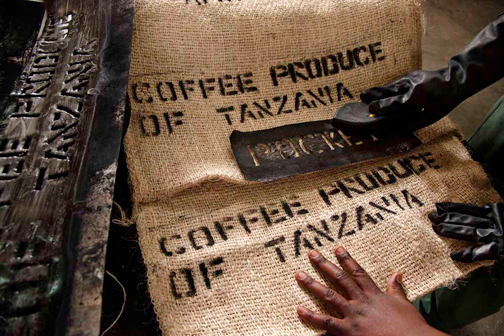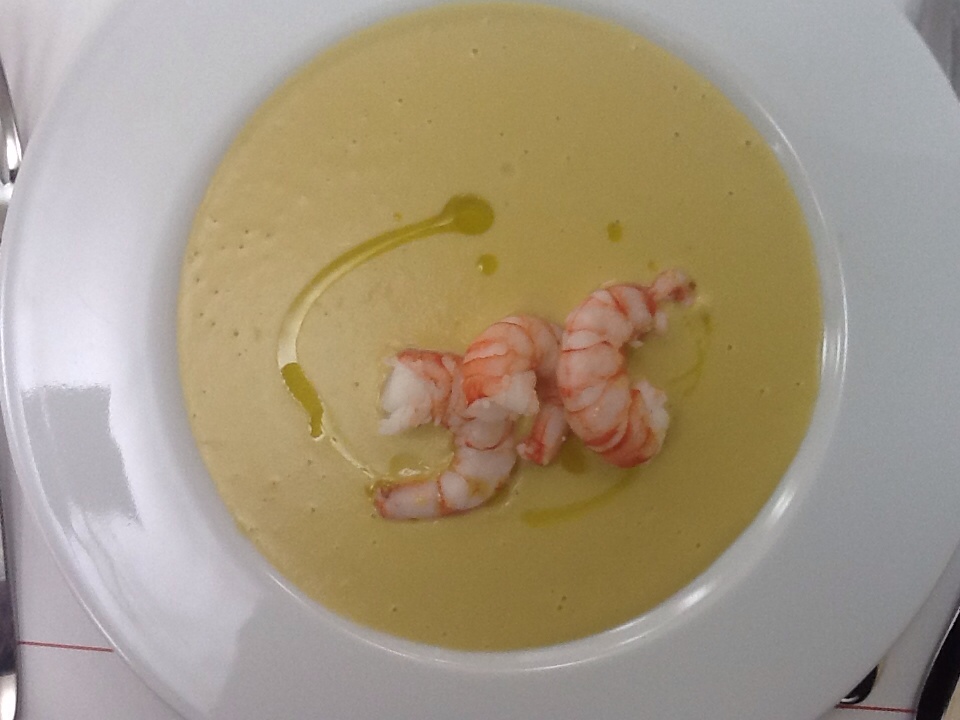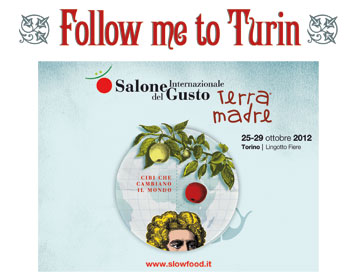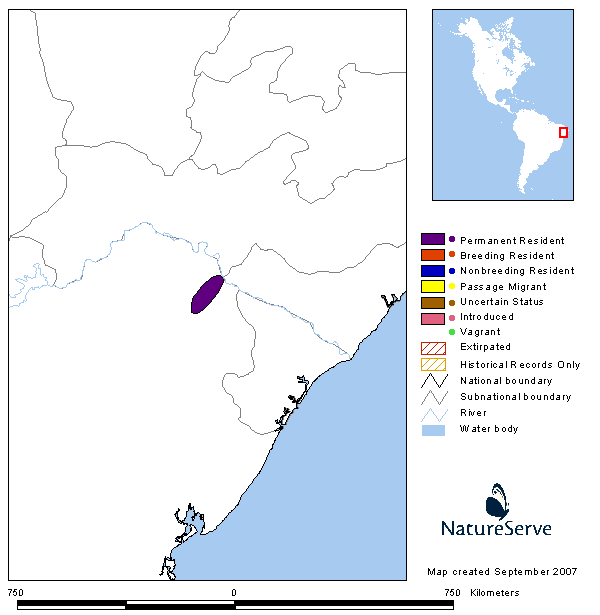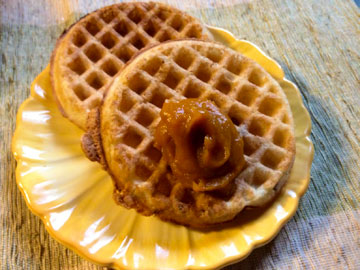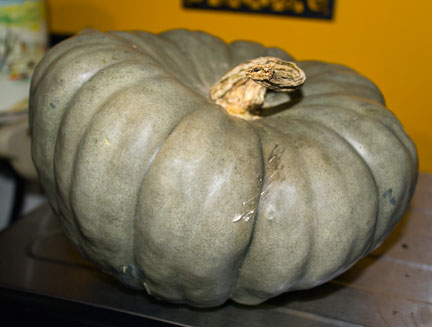As some of you know, I'm stranded in Italy for a week due to the storm named Sandy. I was fortunate to land in the Ostia area of Rome, and I found a great hotel for five of the seven days. I had to check out this morning, and I have 3.5 hours before I can check into the next hotel. This is my ninth day in Italy, and only the third it hasn't rained. Once again, I'm very fortunate to have a beautiful day to sit outside for a few hours, especially along the coast of the Tyreannan sea.
The plaza is slowly waking up. Shop keepers are washing their windows, cafe workers are opening their umbrellas, and the local feral cat is walking around looking for his morning meal. Some shops have bowls for him outside their front doors. Deliveries are being made, the morning paper being hawked by guys trying to make a buck, and the local dogs are taking their caretakers out for a morning stroll. It truly is a beautiful day.
I am at the Plaza Anzo Marcio. As I sit here watching the day unfold, I'm on as much display as the show going on in front of me. I don't look like a local. The style, cut and palate of my clothes are different. I have a suitcase, a camera bag, a laptop satchel, and an umbrella. I'm also typing on a iPad. So, basically I'm either a well-to-do homeless person, or a tourist. It's the elder folks that I get the stare from, I'm talking THE stare, not just a quick glance of curiosity. I've noticed that a lot of this trip.
The plaza is wide, with palm trees and apartments buildings ringing the perimeter. In my brief visit, kids here seem much more behaved than the kids in the states. I have to wonder if the lack of high fructose corn syrup and processed foods has something to do it with. Or, is it the general difference in lifestyle between Italy and the United States. Perhaps, it's a combination of both.
The Italians smoke a lot. I feel that when I get back to the states, I will be addicted from all the second-hand smoke. I think that's another conspicuous sign that I'm not local. I'm not smoking. Also, no sunglasses. I tried to get a pair of prescription sunglasses before this trip, that however didn't happen. Next time.
A short time after I sat down, I can see the plaza is filling up. Parents will strollers, others heading to the food markets or stores with their rolling shopping carts in hand, and people in general taking a leisurely stroll. I have yet to see an Italian in a rush. Yesterday while sitting at cafe by the Coliseum, it started to rain. I heard the owner say, "Ah, rain, so what, this is life." Nice philosophy, and one I think I could get used to.
One hour down, time to switch vantage points.
I move to the opposite side of the plaza. I'm closer to the intersection so to speak. Right in the middle of the action if you will. I'm also more conspicuous here, which is fine. It would be nice to know some the language though to hear what they might be saying.
Little dogs are popular around here. While by the Vatican yesterday I did see some larger breeds, but around here, miniature Doberman Pinchers, Dachshunds, and Chihuahuas are very popular. There's a lot of kids playing. When you live in apartment with no yard, the plaza is your playground. The strollers here are much more stylish, and look a lot more secure than what I see in the states, Also, they are strollers, not mini SUVs. A big difference I see between here and Turin is the use of color. I found Turin to be very monochromatic. Here there's bright colors, chartreuse, oranges, and pinks.
Lots of bicycles, both here and in Turin. In Turin, I saw a lot of vintage bikes. It fit with the overall feel of the city, or at least in my observation of it. Here they have a more modern style. I think the OCD I was developing with checking my smart phone every few minutes will be cured after this trip. I've been cut off immediate access to the 3G network I have with Sprint iPhone. That's a good thing.
I also haven't listened to any my music on this trip. That's been a refreshing change. Sitting here at this plaza, the soundtrack is that of life. People talking, children laughing and playing, the swoosh of bicycles as they breeze by, and the occasional higher octave of a motor scooter swoosh. It's like the bicycle swoosh enhanced by some caffe.
The street vendors here are aggressive. I just had one trying to sell me his wares, and it took 3 times of say no to finally get him on his way. I guess all the props I have around me makes me a look like an easy mark. I can't wait to put most of the props away. Semi-conspicuous would be much nicer. Enter a delivery truck. Next, someone on roller blades. More Chihuahuas. Mannequins getting cleaned with what looks like Windex, and a paper towels. Now there's a new twist on a window display.
Some very heavy clouds entering the picture, perhaps I should move on. No locals with umbrellas though so perhaps they are just clouds. I've been drenched numerous times on this trip, so now any cloud I see becomes suspect. Now awning being cleaned. It's approaching noon, the kids are being replaced by the youth.
Many hugs, and lots of kissing. One truck leaves, another takes it place on cue. People are now reading the paper. The first I've seen in the last two hours. Off to another vantage point for hour three.
I'm now at the opposite end of where I started. I'm at the entrance, and its much quieter here. The plaza opens up to the street. There's a Farmica to my right, and Omeopatia is printed on the awning. Farmica is the pharmacy here, and you would never Omeopatia or Homeopathy advertised outside a pharmacy in the states. The clouds have broken up, and the sky is a deep blue. There is no humidity, and the air is crisp and clear. It could be because I have to stay in the shade to write.
The pace is still slow as the day moves on. There's a bus. The public transportation system here is very good. Ah, someone in a suit gallops by. Seems he forgot a bag at a cafe. He get the bag, and resumes the slow pace as he walks onto the rest of his day. Someone's drinking from a public fountain. They are all over the place here. This seems to be the slow end of the plaza. An elderly man on a vintage bike, a young man on sleek modern bike. Bot stop at the Farmica. I have yet to see a police officer.
Some street cleaner picking up leaves. Ah, someone else with a suitcase. I am not alone. A dog emerges from the wine bar, and refuses to be petted by a stranger. He goes and sits in the sun. He looks comfortable. Oh, now he summoned and marched back to the wine bar. Two very stylish woman walk by. I love Italian style. The elderly man with the vintage from the previous paragraph rides by with two very large bags, one on each side of the handle bars. He's obviously done this before. The aroma of lunch perfumes the air. It's a nice change from cigarette smoke. Ok, the baseball cap sideways just made its appearance, thankfully on a young boy and not an adult.
Pigeons.
Ok, the aggressive street vendor's back, and it close to the end of the third hour. Off to the new hotel.
Checked into the Bella Vista Hotel, and true to its name, it a nice view from my room. A nice way to end the story, and the rest of the day.
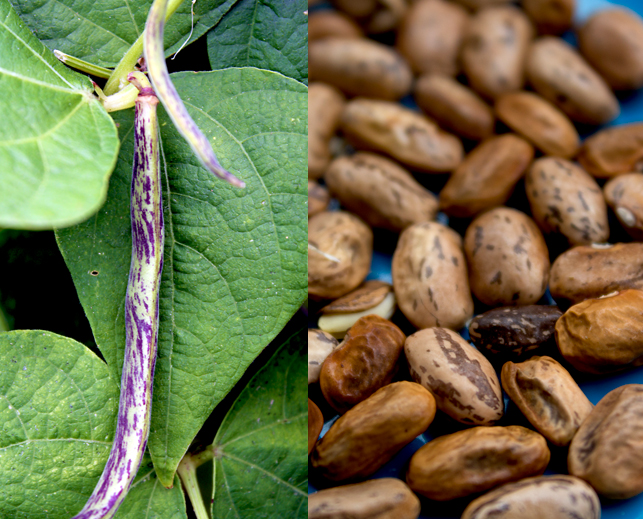 Quite a bean if I say so myself. This 18th century Netherlands heirloom has never been manipulated, so the bean you grow in your garden is the same as the original cultivar. They are versatile, use them as a snap bean, or as a dry bean. I chose to let them dry on the plant, and I'm glad I did.
I made a pot of soup today with the dry beans, and for me, they are the best tasting beans I've ever had. Slightly sweet and nutty with a creamy texture, they had a unique flavor that transcends any bean flavor I've ever had. I like beans, so I've sample a good number of varieties. I did sample a few fresh off the plant in the garden, and they weren't much different from a fresh string bean. In my experience, they are a bean well worth drying.
Quite a bean if I say so myself. This 18th century Netherlands heirloom has never been manipulated, so the bean you grow in your garden is the same as the original cultivar. They are versatile, use them as a snap bean, or as a dry bean. I chose to let them dry on the plant, and I'm glad I did.
I made a pot of soup today with the dry beans, and for me, they are the best tasting beans I've ever had. Slightly sweet and nutty with a creamy texture, they had a unique flavor that transcends any bean flavor I've ever had. I like beans, so I've sample a good number of varieties. I did sample a few fresh off the plant in the garden, and they weren't much different from a fresh string bean. In my experience, they are a bean well worth drying.

